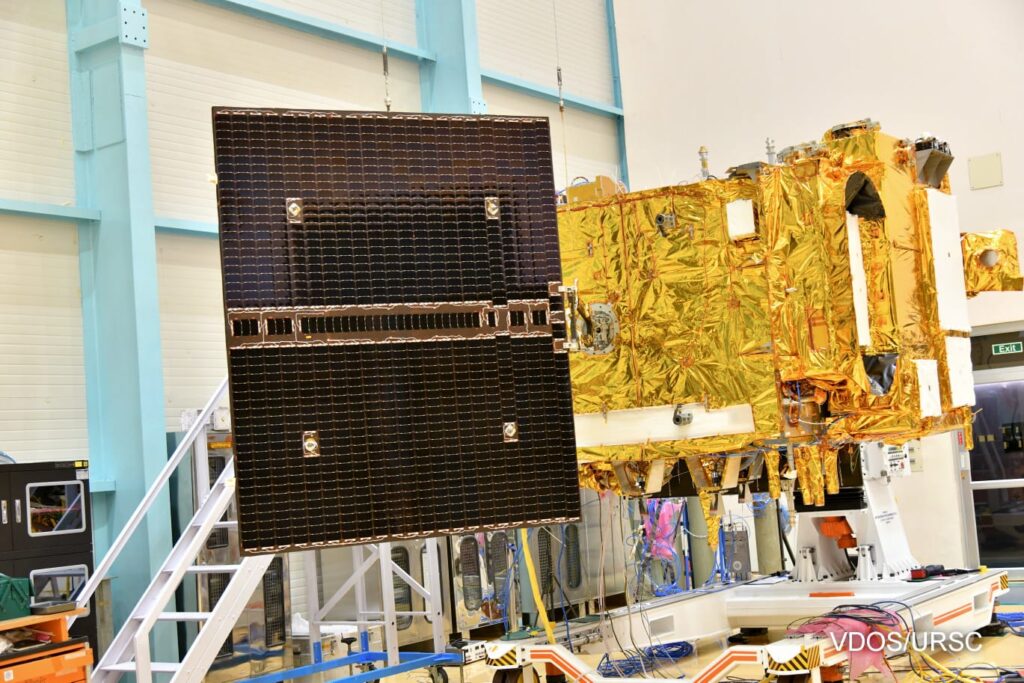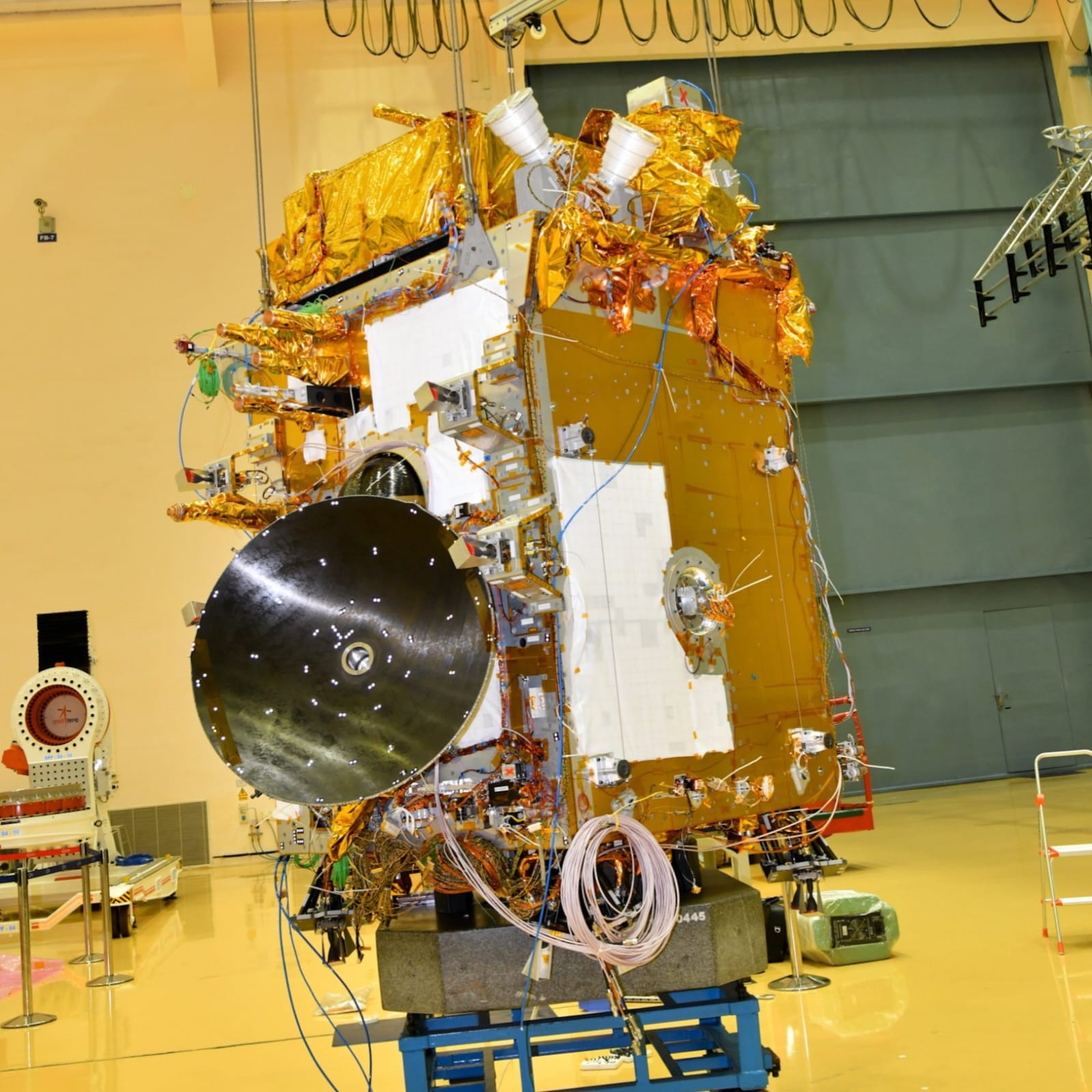NATIONAL: After Chandrayaan-3, ISRO is gearing up for the next mission. The Indian Space Research Organisation (ISRO) has announced the launch of its next big project, the PSLV-C57/Aditya-L1 Mission, marking the country’s mission that could revolutionize the understanding of the Sun’s dynamics and space weather.
The project is going to be India’s first space-based solar observatory.
“Aditya-L1, the first space-based Indian observatory to study the Sun, is getting ready for the launch. The satellite realized at the U R Rao Satellite Centre (URSC), Bengaluru, has arrived at SDSC-SHAR, Sriharikota,” ISRO said in a post on X (formally known as Twitter) on Monday.
An exact date regarding the launch of the project is, however, yet to be announced.
The announcement comes after the arrival of the satellite, developed at the U R Rao Satellite Centre in Bengaluru, at the Satish Dhawan Space Centre (SDSC- SHAR) in Sriharikota, Andhra Pradesh.
In a statement, ISRO said, Aditya-L1, Aditya L1 shall be the first space-based Indian mission to study the Sun. The spacecraft shall be placed in a halo orbit around the Lagrange point 1 (L1) of the Sun-Earth system, which is about 1.5 million km from the Earth.

A satellite placed in the halo orbit around the L1 point has the major advantage of continuously viewing the Sun without any occultation/eclipses. It will provide a greater advantage of observing solar activities and their effect on space weather in real-time, said ISRO.
The spacecraft carries seven payloads to observe the photosphere, chromosphere, and the outermost layers of the Sun (the corona) using electromagnetic and particle and magnetic field detectors. Using the special vantage point L1, four payloads directly view the Sun, and the remaining three payloads carry out in-situ studies of particles and fields at the Lagrange point L1, thus providing important scientific studies of the propagation effect of solar dynamics in the interplanetary medium.
The suits of Aditya L1 payloads are expected to provide the most crucial information to understand the problem of coronal heating, coronal mass ejection, pre-flare, and flare activities, and their characteristics, dynamics of space weather, propagation of particles and fields, etc.

